How to Make Spray Paint Not Sticky?
Learn how you can make spray paint stop feeling sticky after application and if it has already dried
Spray paints do not only provide you with a super wide range of colors and shades that can be mixed in the most unusual and unpredictable manners! These paints also have a feature that makes the majority of painters go literally crazy! We mean stickiness.
Yep, that annoying feeling that appears (or remains?) after you apply the spray paint onto the surface. Once it dries and you touch the surface, you might feel it is sticky as if you applied glue onto it!
Of course, nobody would like to have sticky walls or any other objects in their home! So no wonder that so many people keep on asking the same question: how to make spray paint not feel sticky to touch after application?
So in this article we will do our best to answer this and other questions that you might have regarding this matter. You will learn how to make spray paint not sticky after drying in detail with the help of our step by step instruction.
But also, we will tell you what you should do if you have already applied the paint and it is dry and sticky now. Finally, we will explain what actually makes that paint feel sticky after you apply it onto the surface.
So fasten your belts, we are heading off!
How to Make Spray Paint Not Feel Sticky?
Spray paint is a great thing! You can easily get mind-blowing visual effects with minimum effort with only the can of spray paint. Also, it comes very helpful when we need to eliminate fuss or any other mess.
However, you need to keep in mind that spray paints will provide you with the desired look only if you make use of them properly!
The most common reason why the majority of paintings end up with that annoying and sticky or tacky feel unto them is that they were simply improperly sprayed on and instructions were not followed correctly.
Also, the weather conditions might play their dramatic role in such issues as well.
Usually, these effects can be removed pretty simply. You just need to take a few nuances into account before you start applying the spray paint:
- Prepare the surface for the paint application
- Add a primer
- Use paint properly
However, despite all the inconveniences spray paints may cause, they remain favorite to many people because they can be applied extremely easily and quickly.
By the way, these paints also can be applied on basically any surface and once you learn the spray-painting techniques, using it with a perfect finish and without the sticky feel will be simple and easy for you!
But to be able to approach that proficiency level, we recommend you learn first what can be done in order to make spray paint stop feeling sticky.
With that information in mind, you will be able to easily avoid the most common mistakes and have an ideal painting as a result. So, shall we begin?
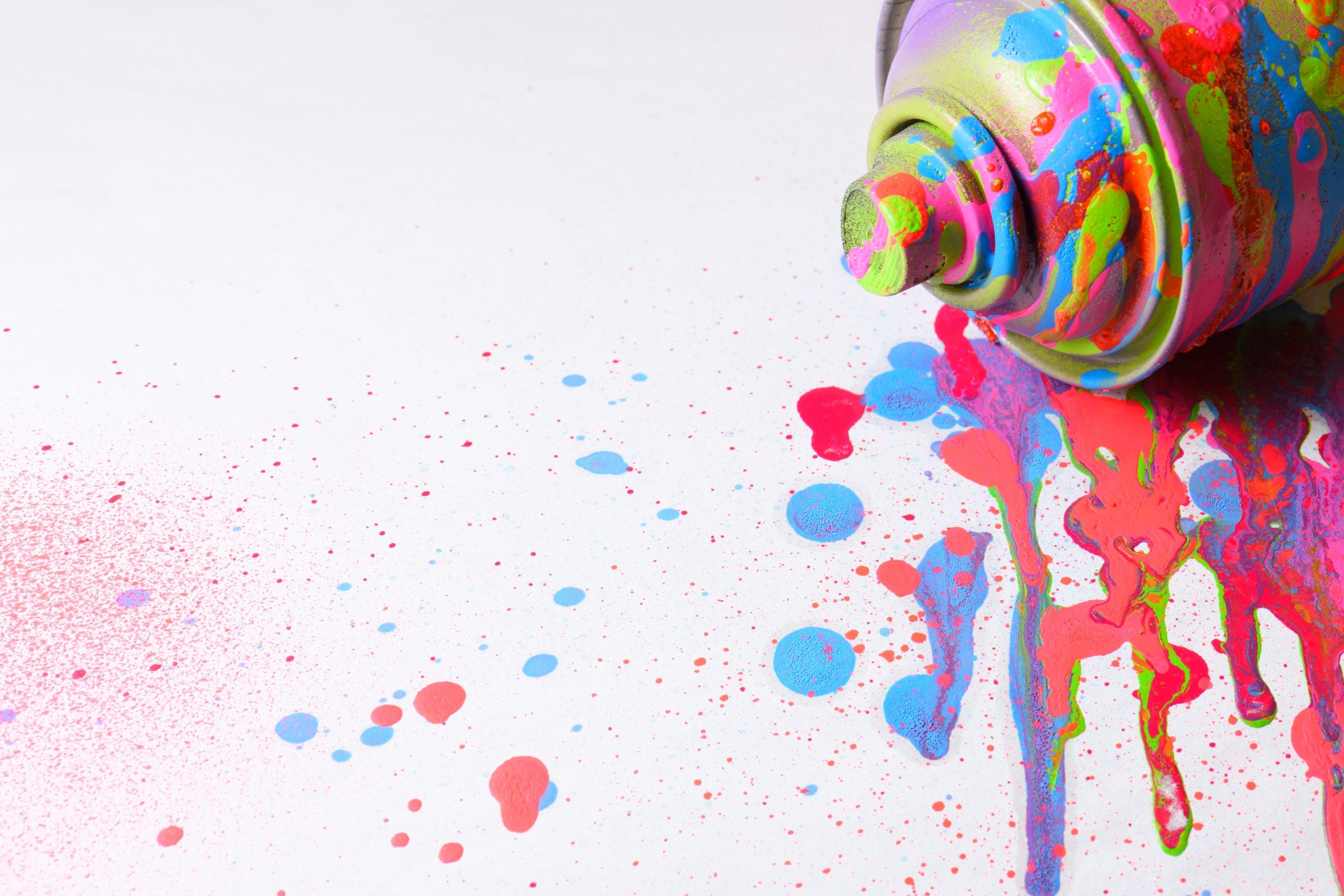
Credits: Illya Vinogradov, via Canva.com
Table of Contents
Prepare the Surface For Painting
If you have always thought that you can just simply spray paint on any surface and have a perfect result, that is not correct, and this method of application is not recommended.
Experienced painters say there are a few steps that need to be taken before applying your spray paint. See, without properly following these steps, your spray paint will most likely just peel off.
To avoid such a thing from happening, it is necessary to get any surface ready before adding your paint.
The preparation process usually involves cleaning and sanding.
The prep stage is a must in order to help create a strong bond to the surface of the object before you start painting. Also, it guarantees the durability of the paint so that it may last longer. Finally, this will also avoid that sticky feel once you are finished adding your paint.
These are known as basic techniques that professionals recommend using before painting, and once you learn them you will be able to achieve a professional look while doing the painting yourself.
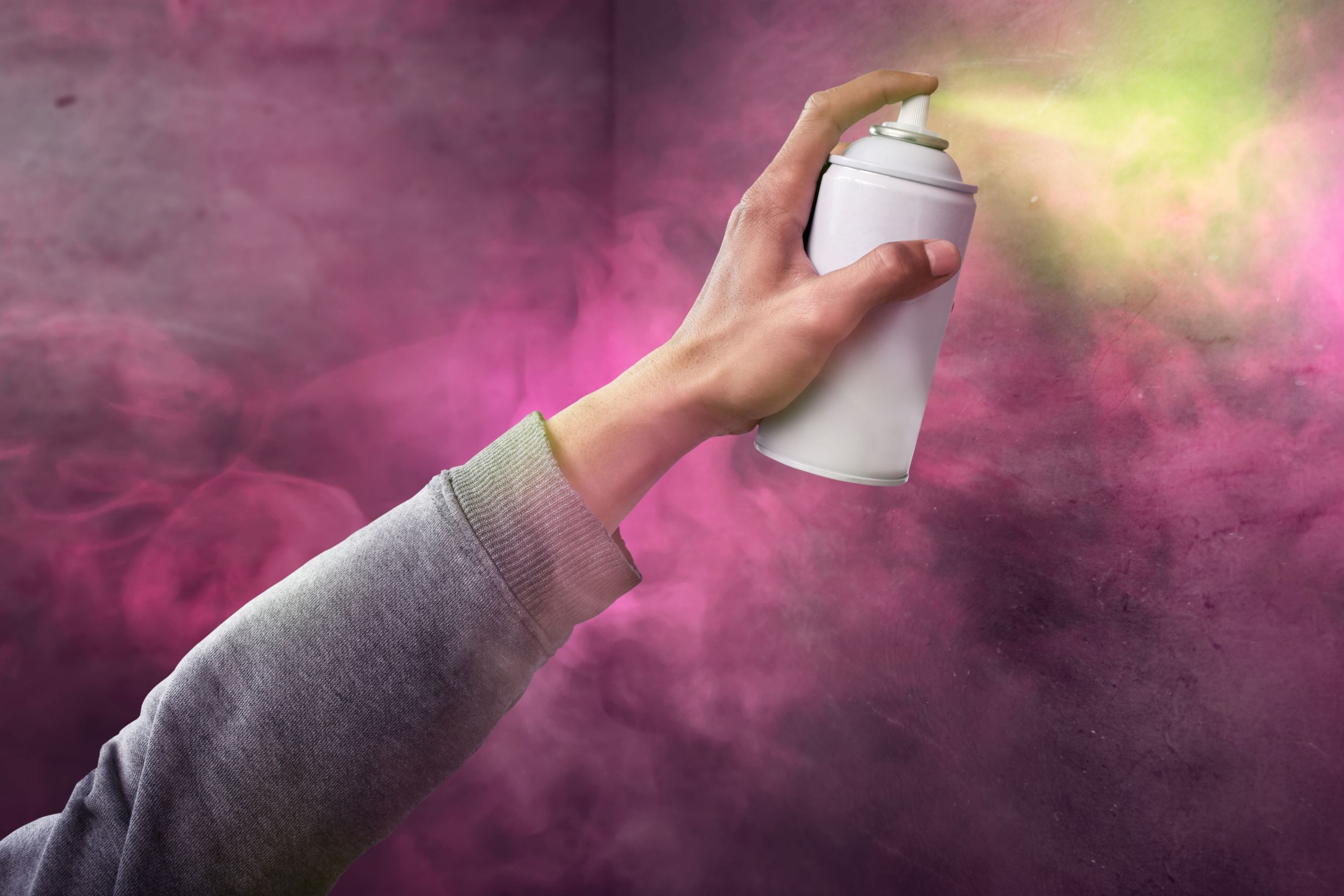
Credits: FOTOKITA, via Canva.com
Start With a Primer
After you get the surface of the object ready for the paint application, you need to apply primer first of all. It will help you in a way that you could never imagine! This substance helps to avoid the interaction with the substances which may adversely affect the paint.
Primers will also create a smooth surface for your spray paint to be applied to and will bring out the color of the chosen paint.
So start with applying a coat of primer to the surface of that object on which you want to spray paint. Like this, with the use of primer, you are taking care of those substances which might be the primary reason for a sticky finish.
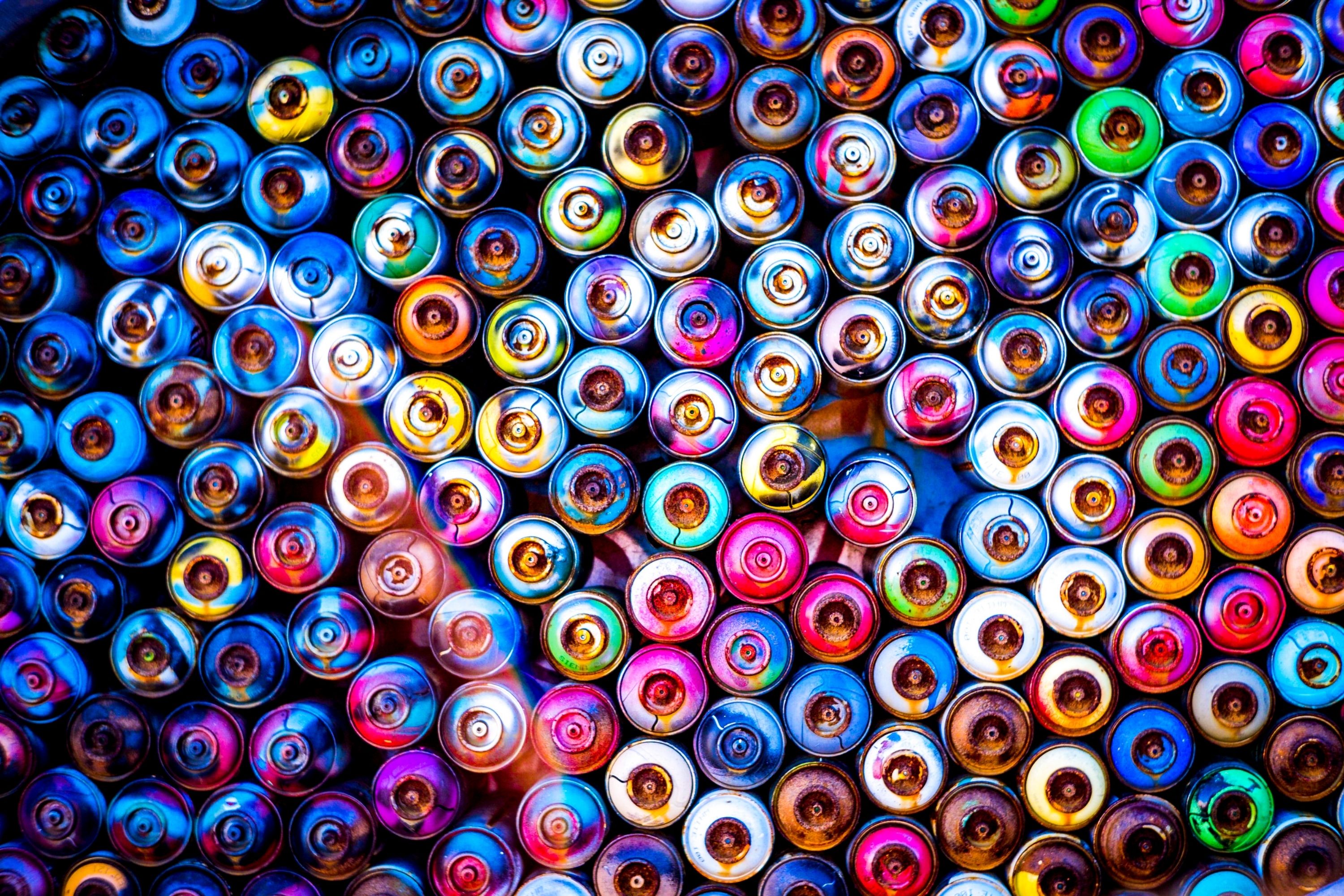
Credits: Davide Baraldi, via Canva.com
If you are looking for the best quality primer to use it as a base for spray painting the surface, try out one of the following brands:
- Krylon Color Master
- Montana Gold Spray
- Rust-Oleum Zinsser Bulls Eye
- Rust Oleum Painter’s Touch
As you can see, adding a primer has tons of benefits. But if it sounds like a bit of extra work to do and you think it may take a lot of time, in this case, you can always choose a spray paint that already includes a primer and save up some time.
These types of paints are also known as dual paints or paint plus primer.
AS it comes from their name, they will allow you to paint and prime at the same time and get the same type of protection for your paint. Just perfect for those who like it all fast and effectively!

Related: 11+ Tips How to Dry Puffy Paint Fast?
Use Paint Properly
If you have never used spray paint before, you might think it is very simple. Just take that bottle and spray the content onto the surface! However, even the application process requires certain skills and knowledge.
You use your spray paint correctly when you shake it properly so that the paint mixes well with the propellant before using. And surprisingly, this is when many people tend to fail! See, the propellant is what helps to distribute the product all over the surface once the can is shaken well.
Failing to do this will cause the propellant to be sprayed out and not the actual paint. As a result, you will be left with a sticky surface which is definitely not good and even more unaesthetic.
So once you have shaken your spray can and start using it, the proper viscosity of the paint will be sprayed out and this will ensure your paint will dry properly without developing that sticky feeling.
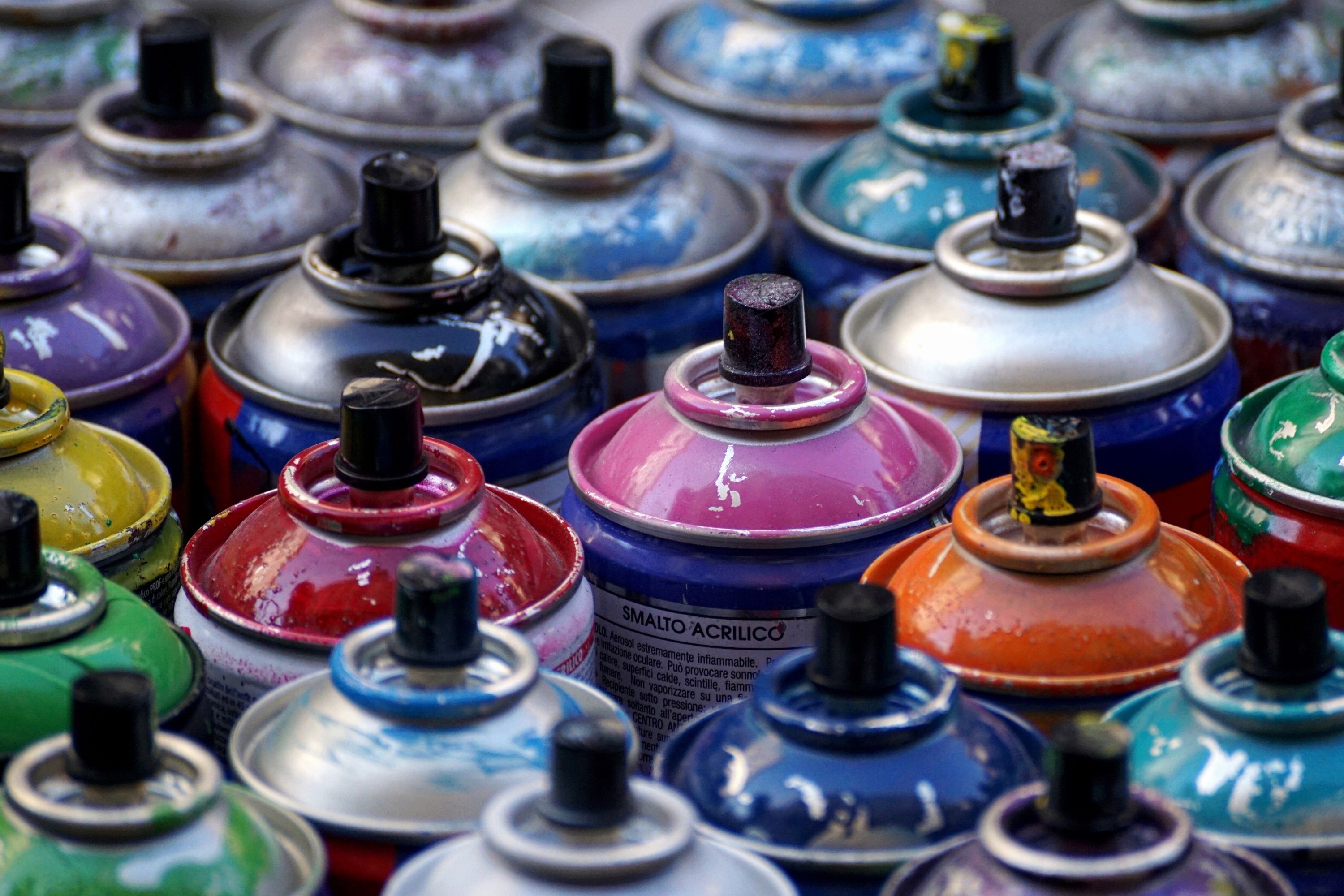
Credits: 165106, via Canva.com
Also, make sure you allow enough time for your primer to dry properly before applying your topcoats, this is to avoid excessive coats of paint which may cause paint to take longer to dry plus that unwanted sticky feel.
It is also recommended to shake your spray can for at least twenty seconds so that the paint may have the proper texture when drying.
Finally, check on the weather conditions, as humidity can cause paint to take longer to dry!
Another way you can take in order to avoid your paint from feeling sticky is to allow enough time for it to dry in between coats. Otherwise, the paint may become too heavy and can take several days or weeks for it to properly dry or cure!
Also, avoid using heavy coats or thick coats as this will increase drying time.

Credits: Clearphoto, via Canva.com
Related: How Long Does It Take For Behr Paint to Dry?
Make the First Coat Ideal
When working with spray paint, it is essential to always keep in mind one simple thing: the very first coat always matters! This is why it is crucially important to apply it right.
The following tips and suggestions will help you to go through this “challenge” easily, so no worries! Everything will be fine.
- Check if the primer is dry before you apply the first coat of paint
- Once the primer is dry, spray it evenly on the surface
- Look out for any irregular corners or areas since they can create major complications!
- If you forget to spray somewhere, do not do it excessively. The paint will not dry completely which will result in stickiness
With all these recommendations and tips, you will be able to both get the surface ready for being painted, and you will also apply the paint correctly, getting a smooth and glossy coating that will satisfy you for sure.
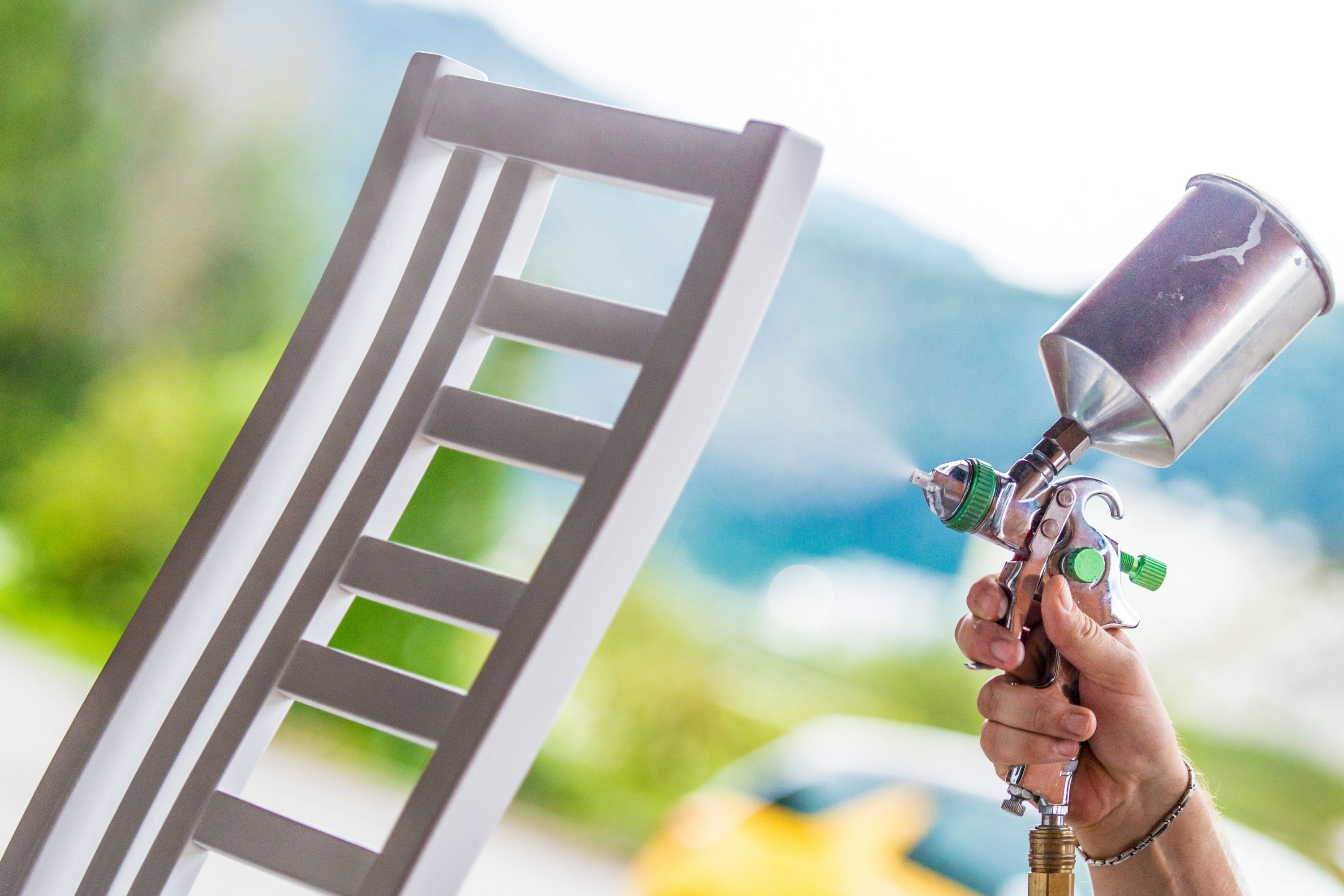
Credits: AzmanL, via Canva.com
How to Make Dry Spray Paint Not Sticky?
All right, you may say, you told us what to do in order to get things prepared and done properly before we start applying paint so that it is not sticky in the end. But what if we have already applied it and it still feels tacky?
This is quite a common question, but fortunately, such an issue can be solved rather easily. So, imagine you have already applied your spray paint, and it has been several days or even weeks since you have added it. And your paint is still sticky!
In this case, there are several easy steps we can offer that you can follow in order to fix the issue. First of all, it is recommended to allow enough time for paint to dry.
Be prepared that it can take days or weeks! For this, it is recommended to read the instructions on the container for proper timing. Sometimes the best solution is to give it some time.
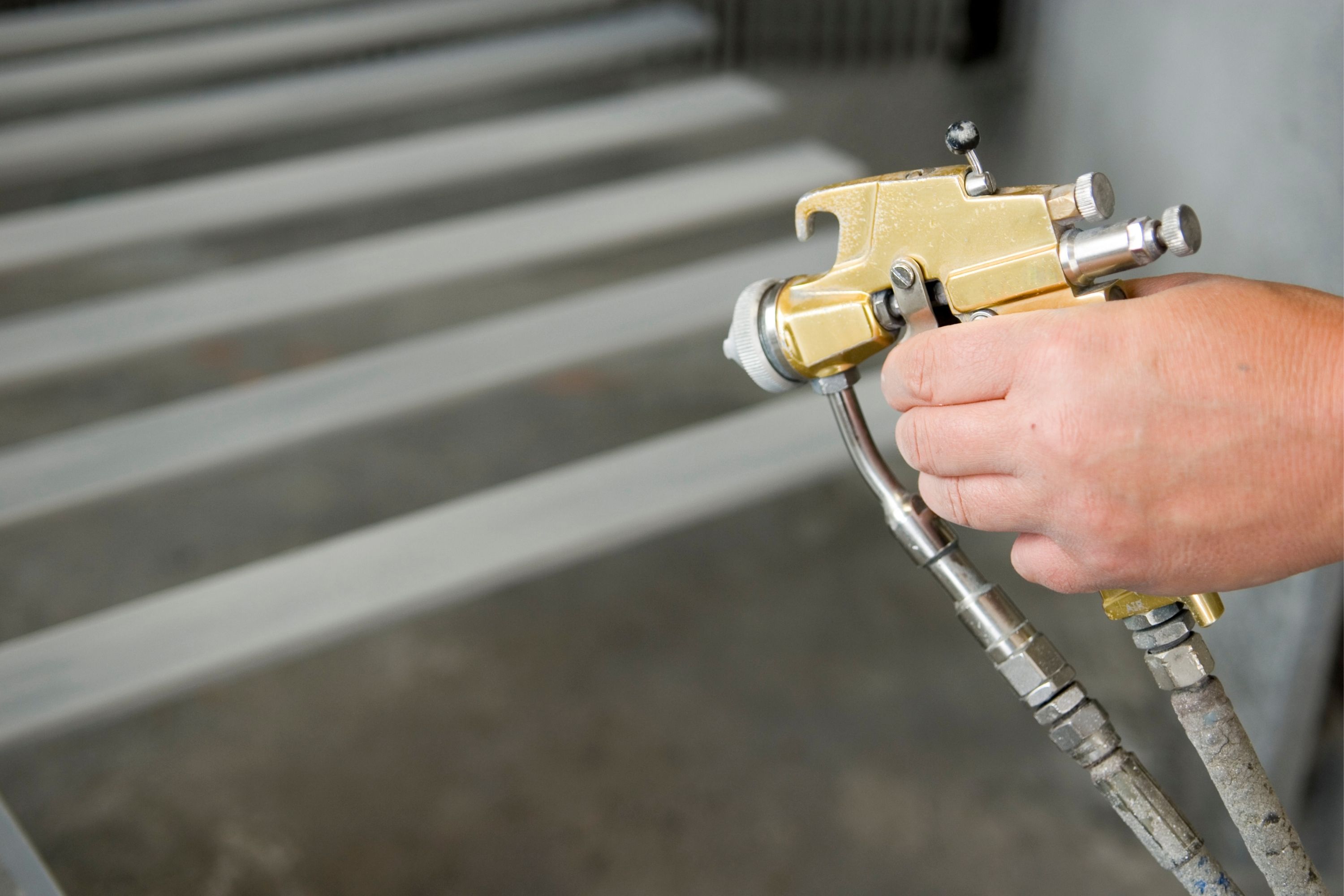
Credits: Owenprice, via Canva.com
The next option is to try some talcum powder. This powder is known as a mineral that absorbs moisture which is why it is normally recommended to use on tacky paints.
To use it correctly, simply sprinkle some talcum onto the affected area, and then use your hands to rub the powder into the paint until paint no longer feels sticky.
If necessary, repeat the process. However, do please take into consideration that this approach may remove some shine from your surface!
Another way to fix sticky paints is to use baking soda. Add it to the affected area and use your hands to rub it into the surface of the object.
Then wipe off excess with a damp cloth and allow it to dry.
If stickiness does not leave, add some more baking soda, and then use a paper towel to clean off excess then add another coat of the paint to the surface. Then allow it to dry and your paint should no longer feel sticky.
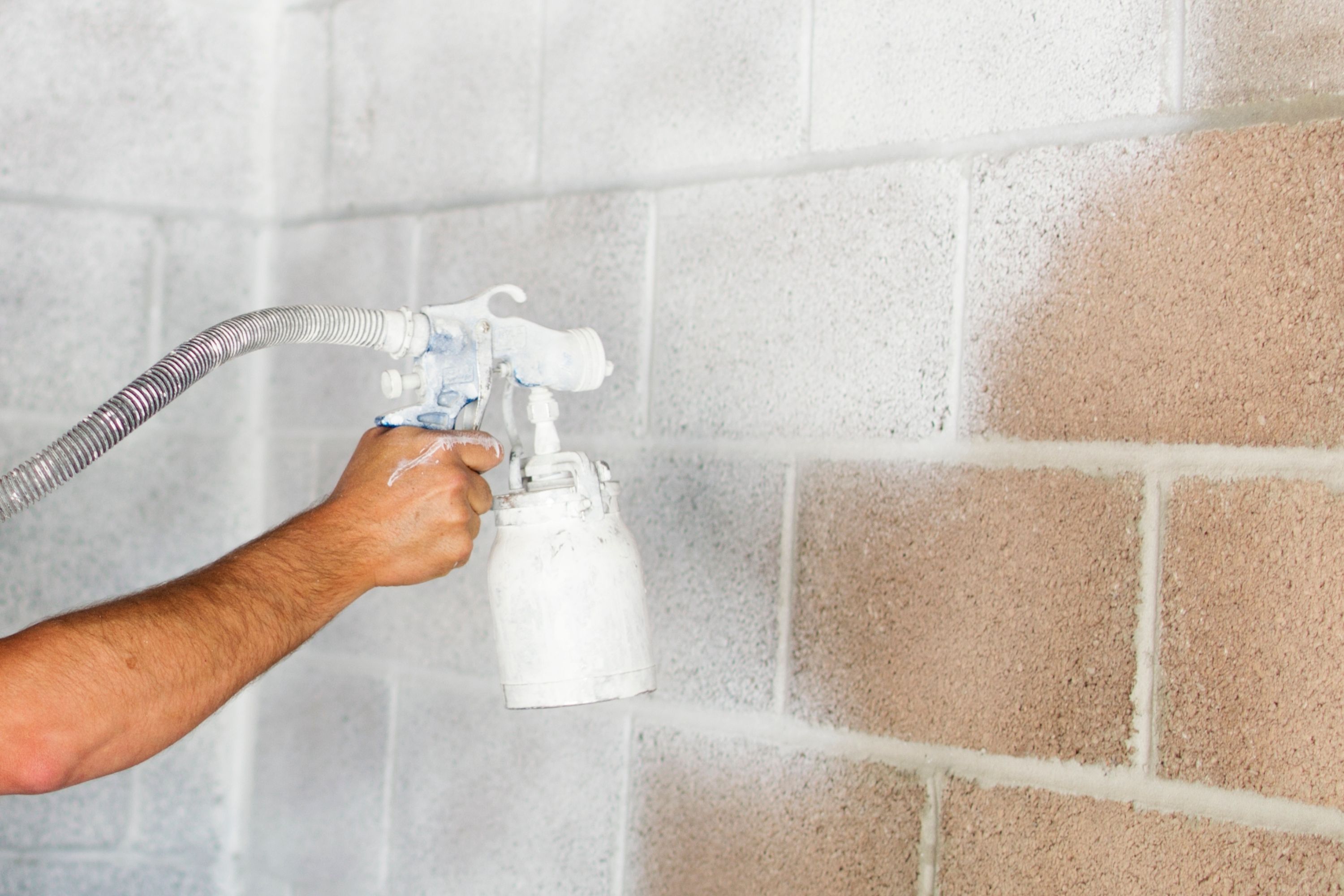
Credits: Mypurgatoryyears, via Canva.com
How to Fix Sticky Spray Paint. Tips And Life Hacks
You bought some spray paint to refresh your interior a bit, but what is this? After you apply it, you see that the paint won’t get dry completely and remains tacky! This is no good!
Like that, you or your family members (or even your guests) can get into that sticky paint and ruin their clothes!
This is quite a common issue homeowners face now and then when painting something. However, this problem is pretty easy to solve.
Below, we will provide you with a few different but all handy ways how sticky spray paint can be fixed easily with minimal effort.
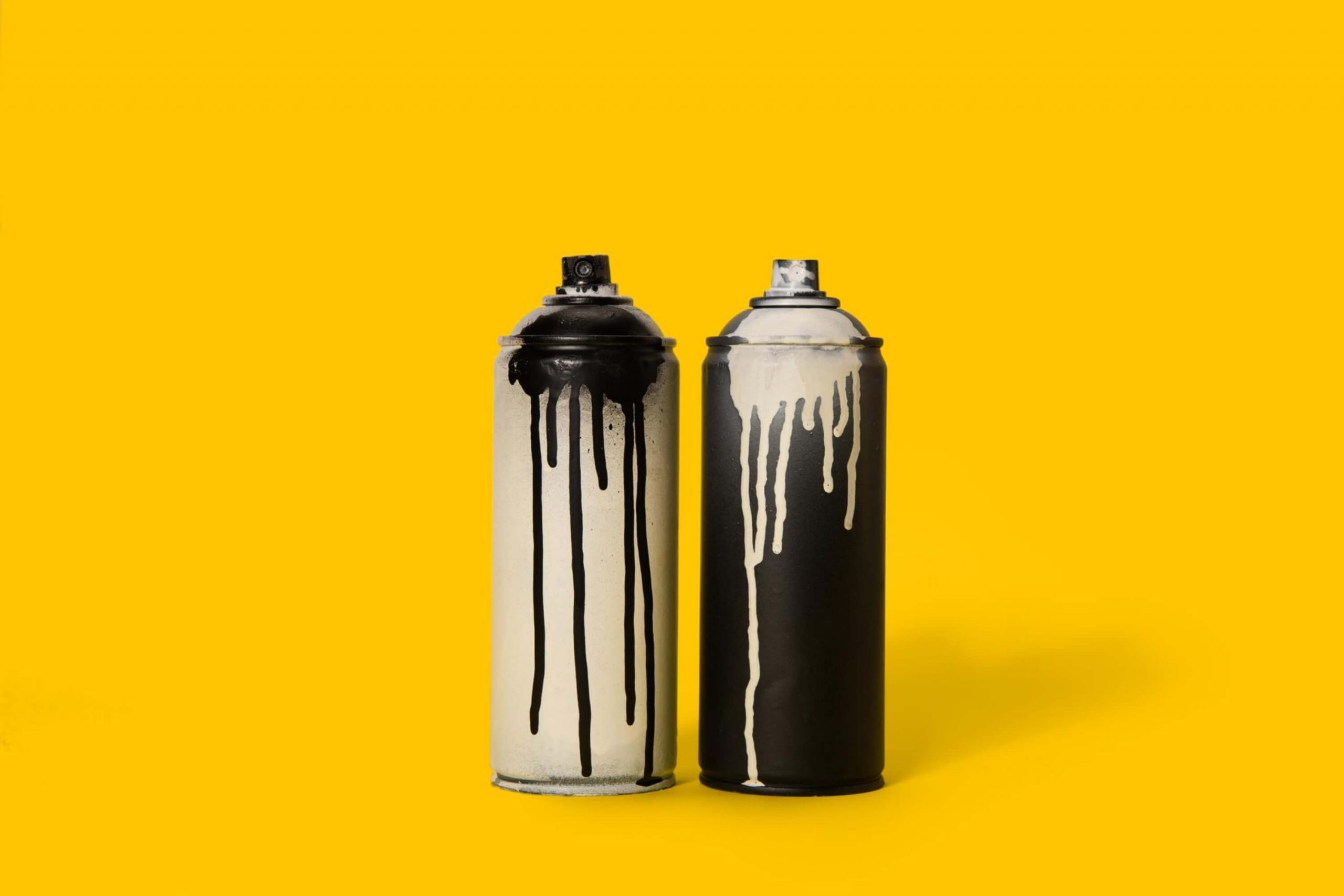
KostyaKlimenko via crello
1. Get the Primer
Using a primer might really help! Simply apply it as the initial coat onto the surface that you are going to paint. Primer will allow the coat of paint to lay ideally.
Why does primer work like that? Well, it makes the uneven surfaces smoother.
Also, it makes your spray paint last longer and be more durable. In addition, if you apply the primer, it will bring out the actual color of the paint and won’t allow any side substances to cause stickiness.
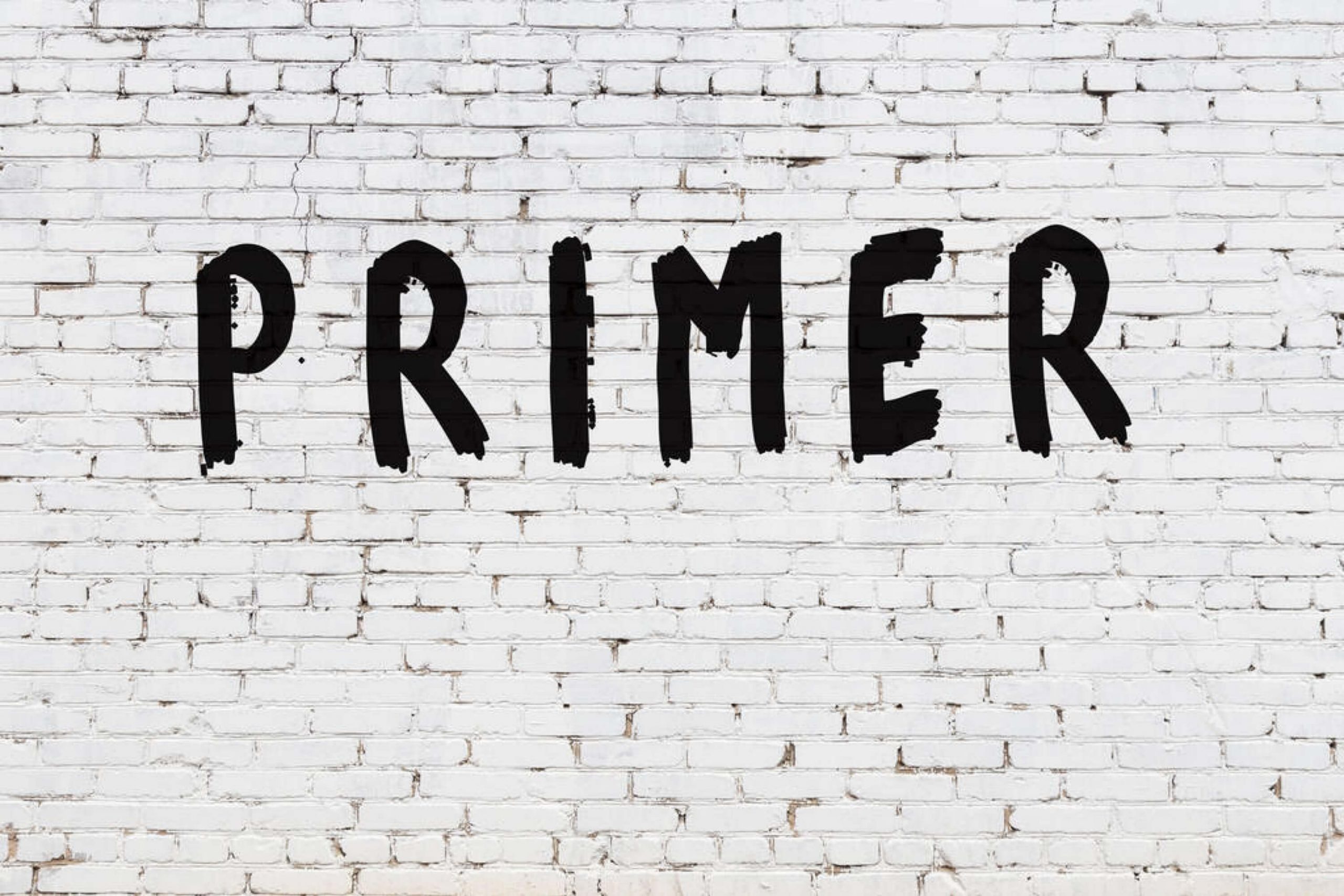
IUshakovsky via crello
2. Shake Your Paint Can!
This is the nuance that most of us tend to forget. However, if the spray paint is not shaken properly, it will most likely be applied with clumps that will cause stickiness.
So make sure that you shake your can of paint both before and during the application.
Like this, you will keep the paint homogeneous, ensure the even and smooth application, and make the texture of paint get better.
3. Mind the First Coat
You must always make sure that the very first coat of paint is applied correctly. If you skip this step, you will most likely end up with uneven paint application and stickiness.
So check that your primer has dried fully before you start applying the first layer of paint.
Also, make sure that the paint is applied evenly. That means you should move the can all over the surface without letting it stop for too long.
4. Opt For Some Talcum Powder
If you need to fix the tacky spray paint, try to sprinkle some dusting powder over it. Rub the powder delicately with your hand and the stickiness will be gone in just a few minutes!
If you need to speed up the drying process, feel free to apply the powder once again.
5. Check Temperature And Humidity Level
To help the spray paint dry faster, you need to make sure that the conditions are correct.
Never paint on rainy or humid days, close the windows while painting, ensure there is no moisture in the room, and use a fan or a heater to help the paint dry.
These tips will help you to fix the tacky spray paint easily.
But in order to prevent it, always make sure that you clean the surface that is going to be painted thoroughly before you start.
The surface must be free from any dust, debris, grease or grime. Then the paint will attach smoothly and evenly and dry correctly.
What Makes Your Spray Paint Be Still Sticky?
You want to paint something in your home, and you decide to buy a can of spray paint to do the paint job quickly.
This is a great solution, but only until you notice that, even after a while, the layer of freshly applied paint won’t get properly dry.
What is the problem? Did you do anything wrong that made the paint remain wet? Was anything wrong with the surface? Was the paint old? Let’s try to figure this out.
But before we start, we recommend you really prepared the surface for the painting properly. That means, you cleaned it and degreased it as well.
See, if there was dust or grime, or grease on the surface that you painted with the spray paint, that could cause the paint not dry properly.
However, if the surface was prepared correctly, and your paint is still not quite dry, you should consider a few other factors that could cause that.

The Nozzle Of the Can Spits
The problem could be in the nozzle of your paint’s can. See, one of the common problems you may face when using spray paint is that it spits out blobs of paint rather than a fine spray (as it should in fact).
The main reason for this is due to the fact that the can hasn’t been shaken well enough before you started using it.
It does not matter whether it is a brand new can or the one that has been in storage for quite a long time, you always have to remember one rule of thumb.
Every time you are going to use a can of spray paint, it needs to be shaken well. Not only that, you also need to shake the can now and then while using it!
Why is that so, you may be wondering? Well, you probably know that most spray paints have an agitator ball in their cans. Those agitator balls are used to help to mix up the product properly.
So when you start shaking the can, the agitator gets shaken around and loosen the paint at the bottom of the can.
If you don’t shake well, the paint will not be properly mixed and thus it can spit instead of spray!
The Nozzle Of the Can Might Be Clogged
This is another (also quite widespread) problem that home painters encounter when using spray paint. When using spray paint, it might happen that the nozzle of the spray paint can gets clogged.
One of the reasons why this happens is not shaking the can well enough before use. In this case, larger particles of spray paint lodge in the nozzle preventing the paint from coming out in a fine spray.
Fortunately, there is a quick solution to this problem.
Simply remove the nozzle and pop it in some lacquer thinners to remove the blockage.
If you have another can on hand, swap the nozzles so that you can continue with your project.
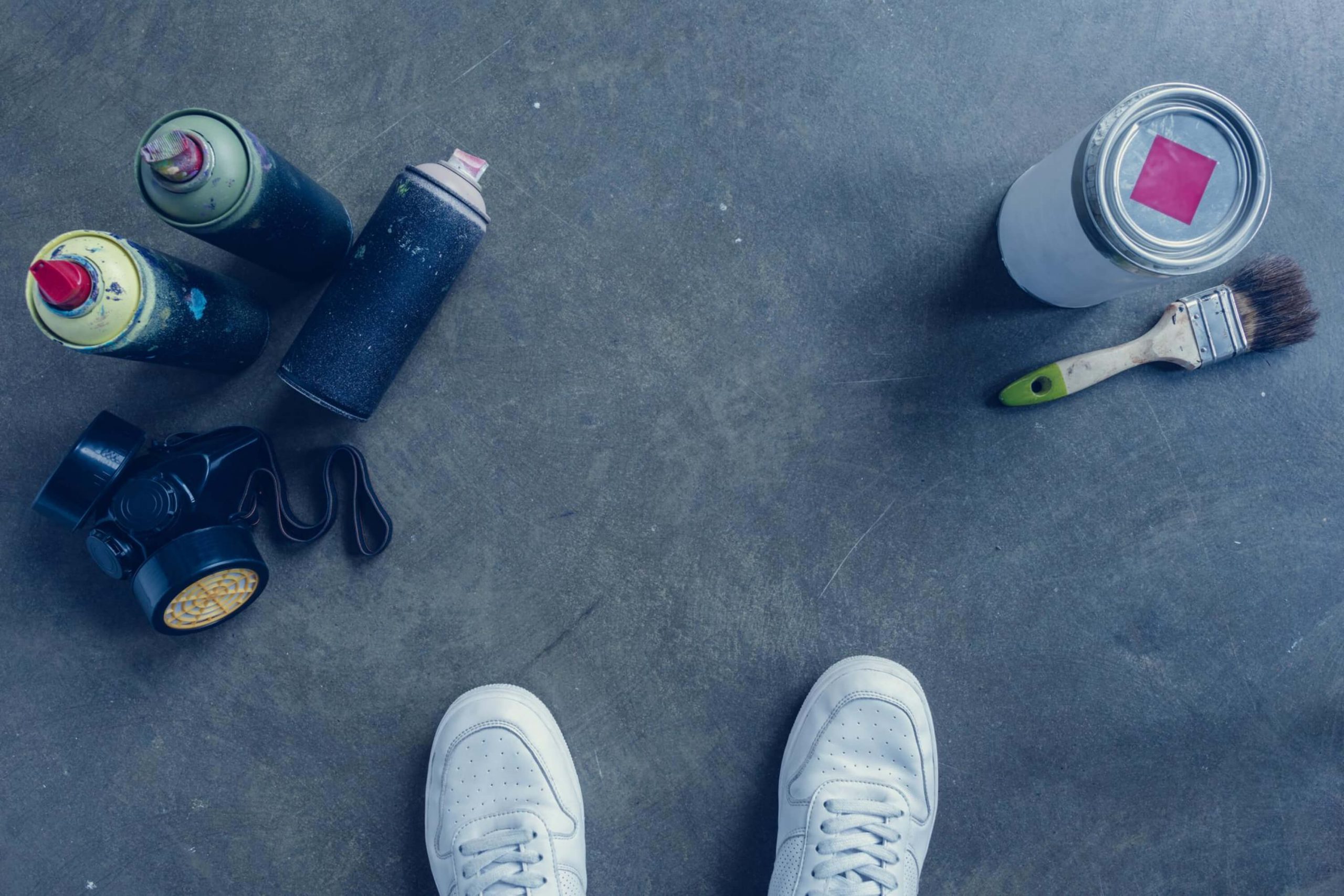
KostyaKlimenko via crello
You Applied Too Much Paint
Yes, this is another reason why your freshly applied spray paint might remain tacky after you applied it. You might simply spray way too much! If you really did so, the paint layer on your object will not look even.
Some areas will have paint pooled which prevents it from proper drying.
This could happen because you did not move the can of paint evenly while painting, so make sure that you don’t hold the can at the same place for too long when painting next time!
You should move it all over the surface evenly.
You Didn’t Give It Enough Time to Dry
We all want to see the results of our paint work as soon as possible. This is quite easy to understand.
But if you rush and start using the freshly painted object way too soon, chances are that the paint is not fully dry by that time. Naturally, you will see it is still tacky.
This is why we find it necessary to remind you once again: give your freshly painted surface enough time to dry!
Also, follow the drying instructions so that the drying process goes as it should. That means, your painted object should be exposed to air all the time to let the paint dry faster.
In addition, if you, for instance, applied two coats of spray paint or more, you need to make sure that you give the paint a sufficient amount of time to dry between the coats.
With these life hacks in mind, you will be able to avoid sticky paint on your surfaces when painting at home.
The more precisely you follow the painting and drying rules, the better results you will have.
How Long Does It Take For Spray Paint to Dry?
Of course, when using any type of paint, it is essential to be aware of its drying time frames.
Like that, you will be able to calculate at least approximately how soon you can start applying the next coat, or how fast your freshly painted object can be used again.
But since different types of paint usually need a distinct period of time to dry fully, you might want to know: how long does it take for the spray paint to dry to the touch?
So what about the spray paint? Well, to answer this question, you need to consider what sort of surface it was applied to.
How Long Does It Take For Spray Paint To Dry On A Metal Surface?
A thin layer of spray paint will get dry to the touch in ten minutes already.
Yep, spray painted metal takes the shortest time gap to get dry!
However, you need to take into account that, if you apply a thicker coat of paint or you apply several layers of it, it might take up to twenty-four hours for the paint to cure completely!
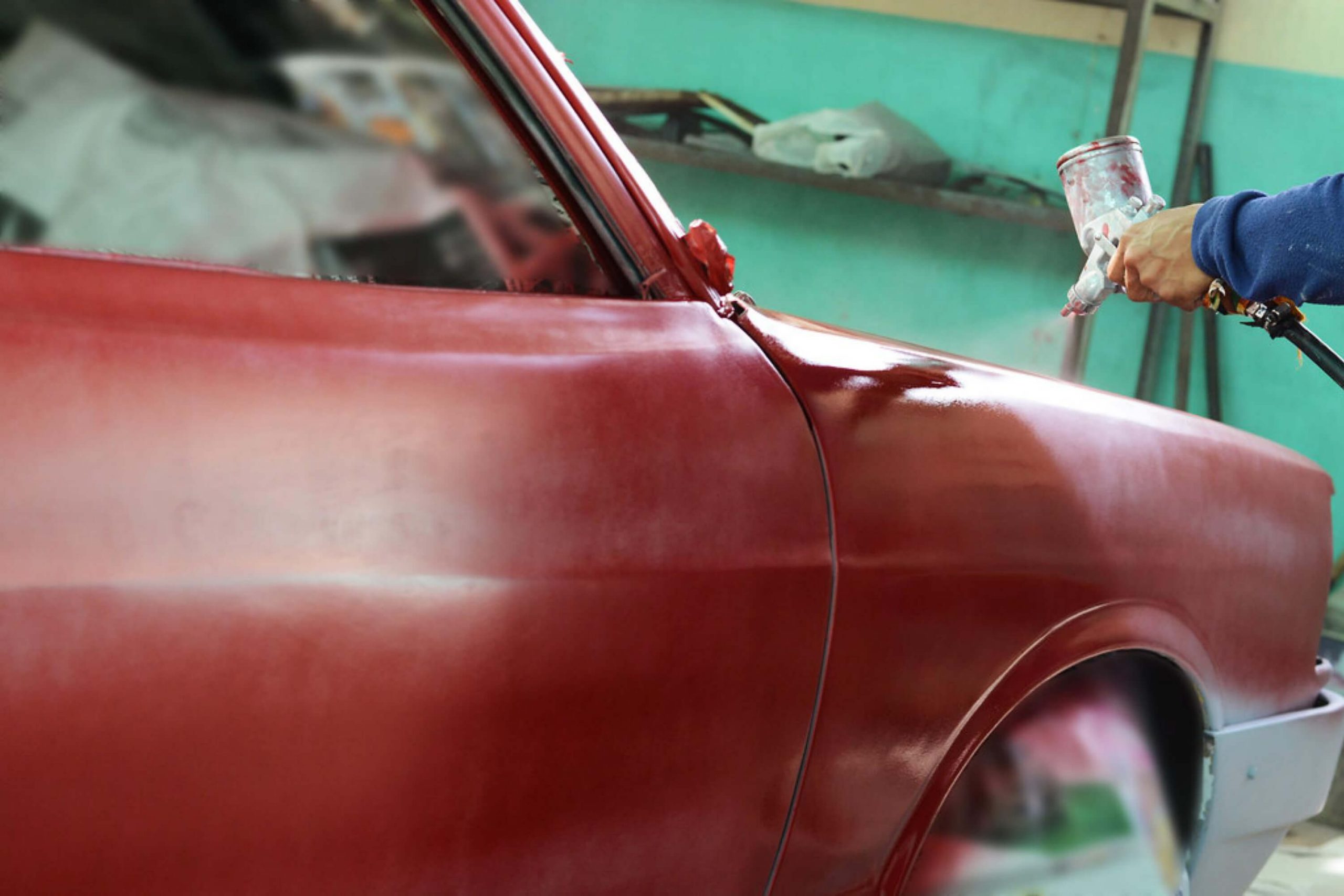
Jcomp via crello
How Long Does It Take For Spray Paint To Dry On A Plastic Surface?
As for the plastic surfaces, spray paint usually dries to the touch in half an hour.
Nevertheless, we would suggest you let the surface remain untouched for twenty-four hours. Like this, you can be sure that the object can be safely used.
How Long Does It Take For Spray Paint To Dry On A Wooden Surface?
In case you spray paint a wooden surface, note that the time needed for spray paint to dry on wood varies more than for other surface types! It mostly depends on the type of paint, the thickness of each layer, and the temperature in the room.
In most cases, however, spray paint on wood should be dry to the touch after about an hour; but again the paint may need up to 24 hours to fully cure.
With this information, it will be easier for you to define when your freshly painted object can be used again safely without being afraid of staining it with fresh paint.

ViktoriaSapata via crello
What Makes Spray Paint Feel Sticky At All?
If you have ever used spray paint, and you experienced that stickiness, you definitely wondered what could make this paint develop such an effect. But if you think it is because of some complicated reasons, it is not like this.
In the majority of cases, your spray paint may feel sticky on the surface simply because of the excessive application. Yes, you could simply use too much paint than it was initially required for this particular surface!
Another reason why your paint still remains tacky days after being applied is the “blocking” which prevents paint from drying faster. This effect can be especially frequently seen when you make use of latex paint on cold or humid days, by the way!
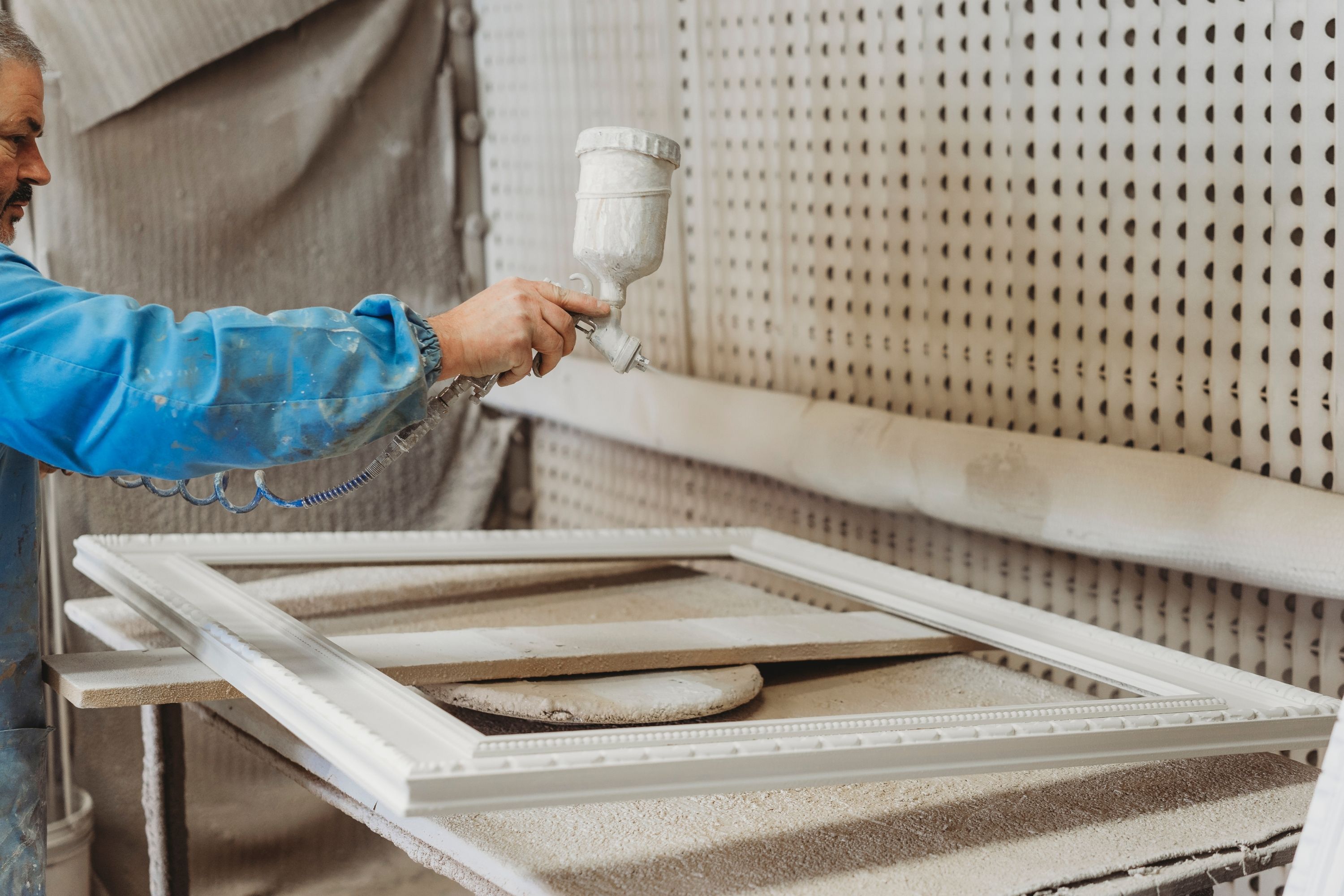
Credits: FilippoBacchi, via Canva.com
Finally, tackiness may also develop as a result of the use of a poor quality product. By the way, if you are not patient enough to wait the required amount of time between applying multiple coats, your painted surface will also feel sticky!
So now you know everything about the proper spray paint application. In addition, you have learned why this type of paint can feel sticky at all, and what to do in order to fix that issue quickly and effectively. With all that, spray painting your entire home will be super easy for you.
Ever wished paint sampling was as easy as sticking a sticker? Guess what? Now it is! Discover Samplize's unique Peel & Stick samples. Get started now and say goodbye to the old messy way!
Get paint samples




Frequently Asked Questions
⭐ Do all spray paints dry the same fast?
In general, yes, they do.
⭐ How to smoothen the surface prior to painting?
Try to use sandpaper on it.
⭐ Does it matter how I hold the can with paint?
Yes, you should hold it (and use it) with your entire hand, not just with the wrist.
23 thoughts on “How to Make Spray Paint Not Sticky?”
Leave a Reply

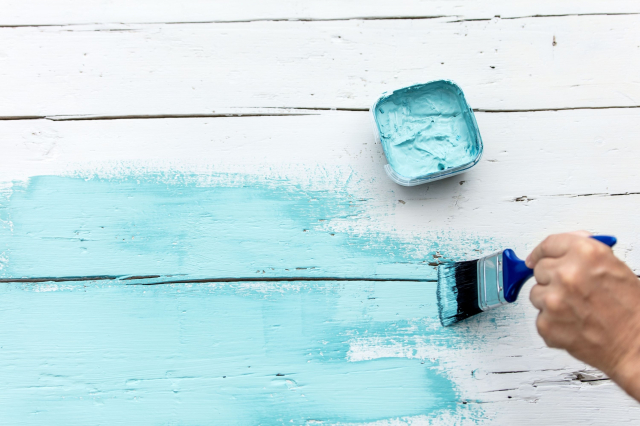



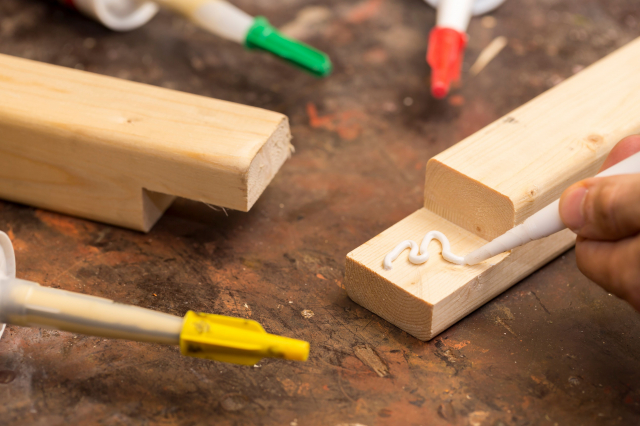
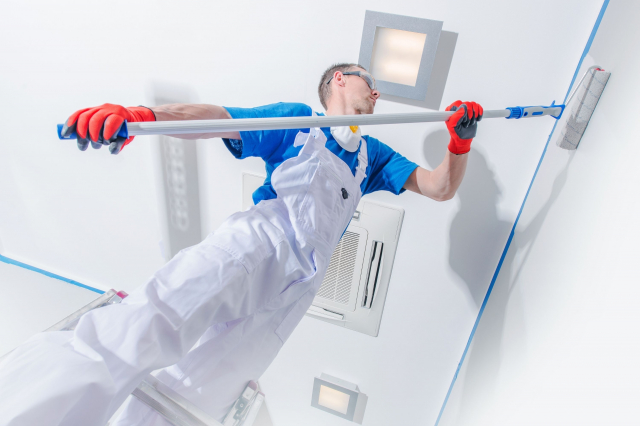

Is it normal that spray paint is still tacky after 24 hours?
Hello. I’d like to ask if you know how to fix sticky spray paint on metal surfaces. Will talcum powder or baking soda be good for this purpose?
Hey there. To be honest, I don’t know whether these products can help. I never had to deal with tacky paint on metal, but I guess you might need some special products to fix tackiness.
Does anyone know how to fix sticky spray paint on rubber surfaces?
I’m not sure whether the following method will work on rubber, but I know for sure it will work for fixing the tacky spray paint. You will need some dusting powder for that. Simply sprinkle some over the sticky painted area. Then, rub the powder delicately with your hand and the stickiness should be gone in just a few minutes!
Hey everyone! Could you please share how to fix sticky spray paint on wood surfaces? I’ve recently repainted my wooden table, but I guess I did something wrong because the paint still feels sticky.
I guess the only way to get rid of stickiness is to repaintt he surface. I’m not sure, but seems like you should remove the sticky paint with a solvent, then prime it, and then reapply the fresh paint again.
Does anyone know how to fix sticky spray paint on metal without leaving traces and marks? What products shall I use?
I usually make a mixture of baking soda and water. You need to mix them so that you get a paste-like substance, and then apply it to the tacky area. Let it sit for a while and then delicately rub the paint off (I use either sponge or a brush).
How to fix sticky spray paint on plastic correctly so that I don’t damage the surface?
To fix the sticky spray paint on plastic, you will need warm water, paper towels, and dish soap. Once the spray paint has dried, place it in hot water with some dish soap to unstick the parts of the paint that are sticky. When the paint is loose, you will be able to wipe it off with paper towels.
Do you guys know any easy methods of how to dry tacky spray paint? I’m afraid to try anything on it since I have no idea of how to fix it and I’m afarid I can only make it worse!
You can sprinkle some talcum powder on the tacky areas. I often use a paintbrush to touch up the sticky spray paint so the talcum powder works well, but it’s optional. When the spray paint is dry, you can apply an extra coat of paint to cover the spot. Then just leave the paint to dry.
How to fix sticky spray paint on rubber? Shall I use rubbing alcohol?
No, rubbing alcohol is not what you need. Better opt for acetone, only use the one that has no additives! Just regular pure acetone that you can buy in any hardware store.
If I use several different colors of spray paint on the same surface, will they all dry equally fast?
Yes, they will dry equally fast if applied to each color evenly, of course. If your paint is applied with the pooled areas here and there, those spots will remain sticky for a while, and since you’re using several colors, it may even lead to the paint mixing and bleeding.
I need to paint my fence in the garden, but since I’d like to do it quickly, I think of using spray paint. Do you think it will dry in a couple of days?
Well, it depends on the weather, I guess. If the days are sunny and dry now where you live, then a couple of days should be enough. At least, make sure that you check the weather forecast for a few days ahead before painting!
How do I make sure that the climate conditions are fine for spray painting?
Well, I guess you need to choose the sunny day, but not too hot. Also, avoid painting on humid or rainy days since the paint won’t attach properly. If you paint indoors, close the windows. And use a fan or a heater to bring the humidity down.
Hi! I want to spray paint my garden furniture, but I’m not sure whether I need to apply the second coat. Did anyone paint like this? Is the second coat mandatory?
Hey! I don’t think it is mandatory. You decide. For the garden furniture, I’d say the second coat will be necessary since the objects will be exposed to sun and rain.